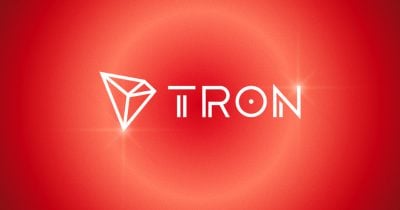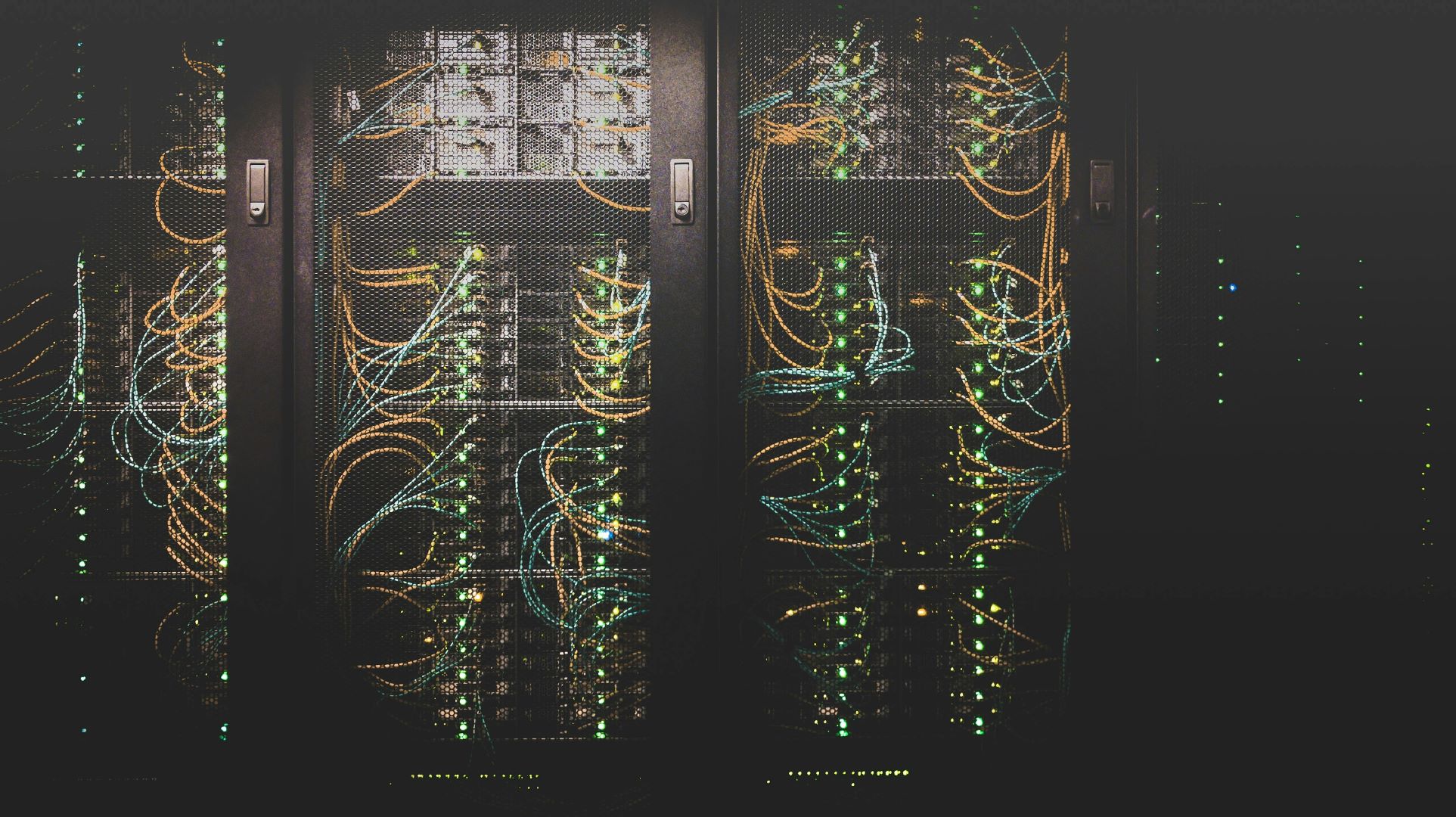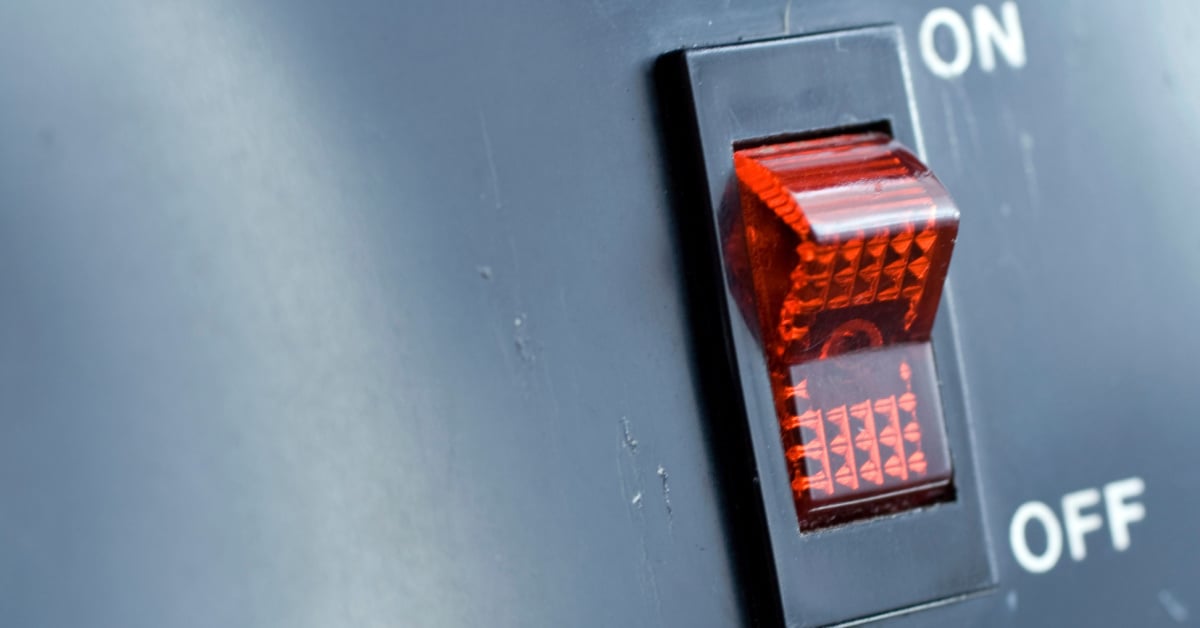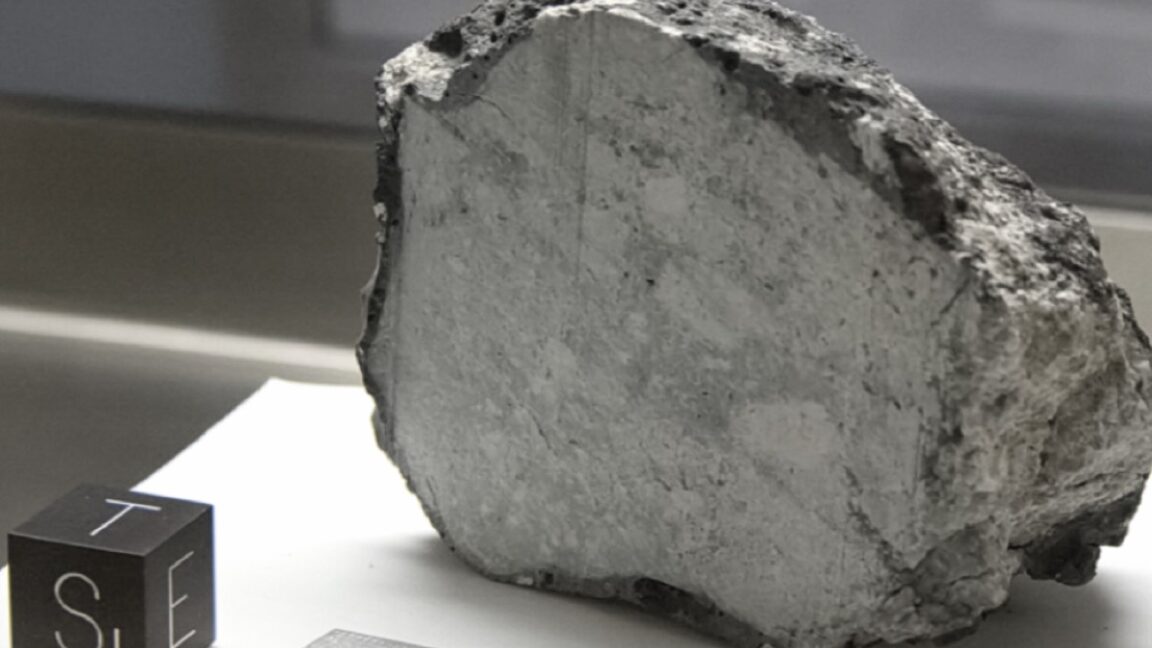How Waves Could Quietly Overtake Solar & Wind?
For decades, the renewable energy spotlight has shone almost exclusively on solar panels and wind turbines. Yet, quietly in the...


For decades, the renewable energy spotlight has shone almost exclusively on solar panels and wind turbines. Yet, quietly in the background, the ocean has been pulsing with a powerful rhythm—one that could, in time, outperform both. With relentless momentum, waves deliver energy day and night, regardless of cloud cover or wind conditions. And now, thanks to engineering breakthroughs and falling costs, wave energy might finally be ready to move from a sea of failed experiments into a reliable pillar of the global energy transition.
The Ocean’s Untapped Potential
The world generated around 30,000 terawatt-hours (TWh) of electricity in 2023. Ocean waves, by comparison, contain even more theoretical energy than that. The U.S. National Renewable Energy Laboratory (NREL) estimates that if wave energy converters (WECs) were deployed within 10 miles of the U.S. coastline, they could produce about 770 TWh annually—enough to power roughly 71 million homes and meet 18% of U.S. electricity demand. Extend these installations further offshore, and wave power could satisfy up to a third of the country’s needs.
Despite this staggering potential, the field has been littered with failed startups, sunken prototypes, and prematurely scrapped ideas. The reasons are both technical and economic: wave energy has long been more expensive, more complex, and more unpredictable than solar and wind. But that narrative may be changing.
CorPower Ocean and the New Wave of Innovation
One of the most promising players in this space is Swedish company CorPower Ocean. After more than a decade of R&D, the company’s technology is finally proving its mettle in real-world conditions. In 2023, CorPower’s buoys—deployed off the coast of Portugal—survived four winter storms, including one with 60-foot waves. Not only did they endure, but they continued to supply electricity to the grid once the weather cleared.
CorPower’s device is a 9-meter-wide buoy known as a "point absorber." It floats on the ocean’s surface, tethered to the seabed, and moves up and down with the motion of the waves. Inside, a mechanical system converts this motion into electricity. A built-in tension mechanism, combined with a smart resonance system called WaveSpring, ensures the device captures energy not just from rising waves, but also from descending ones. Even in smaller swells, the buoy can move significantly—amplifying its energy output.
What sets CorPower apart is its focus on reducing the levelized cost of energy (LCOE). By using a fiberglass and resin structure instead of traditional steel, the company has cut manufacturing costs and improved durability. Mobile buoy factories that can be set up near deployment sites further reduce logistics expenses and carbon emissions. According to internal models, CorPower expects to bring its LCOE below offshore wind levels after scaling to just 2,000 buoys.
The Grid-Level Advantage of Wave Power
One of wave energy’s biggest advantages is its consistency. Unlike wind, which can go still for hundreds of hours annually, or solar, which drops off completely at night, waves roll in 24/7. In fact, along the California coast, wind can stall for up to 1,000 hours per year, while ocean waves tend to remain active for all but 200 of those hours. Combining the two reduces total downtime to just 100 hours annually.
Moreover, wave energy peaks in winter—precisely when solar energy production dips. This makes it a natural companion to solar, helping to balance seasonal fluctuations in supply. According to analysis from Stanford University, a combined wave and wind power grid could reduce overall energy storage needs by up to 17% in the Western U.S.
There’s also a significant cost synergy in co-locating wave farms with offshore wind installations. Shared permits, vessels, crews, and subsea infrastructure can lower capital costs by 7% for wind and 40% for wave projects. In total, these integrated systems could drive down costs by more than 12%, improving the economic case for both technologies.
Environmental Trade-offs and Challenges
While wave energy holds promise, it is not without environmental concerns. Saltwater corrosion, biofouling, and mechanical fatigue are ever-present risks in marine environments. Seals and hydraulic systems need to withstand decades of operation without failure—a tall order in stormy, corrosive waters.
There’s also the question of ecological impact. Underwater noise from installations can disturb marine life, including whales and dolphins. However, CorPower’s UMACK anchor—installed using vibration rather than pile driving—emits 15–20 decibels less noise than standard offshore wind construction. Still, ongoing monitoring is essential. Changes to sediment flows, the formation of artificial reefs, and electromagnetic fields from cables all require further study.
Scaling Up: The Road Ahead
CorPower plans to deploy a 5 MW wave array in Ireland in 2026, scaling up to 30 MW by 2028. The project is supported by a partnership between Ireland’s ESB and Simply Blue, with co-funding from the European Union. Once operational, the project will power 4,200 homes and avoid 27,000 tonnes of CO₂ emissions over ten years.
But the real breakthrough will come at scale. To match the cost levels of solar and wind, wave energy must expand to at least 20 GW of capacity—around 67,000 buoys. That might sound ambitious, but thanks to modular, mobile manufacturing and improved design efficiency, the curve is bending faster than expected.
The International Energy Agency estimates that bringing wave power to market price by the mid-2040s will require around $74 billion in public subsidies—roughly what solar and wind received in their early days. If global governments invest now, they may save double that amount in delayed infrastructure and climate-related damages.
The Rise of the Silent Giant
Wave energy has long been dismissed as too difficult, too expensive, and too unpredictable. But the tides are shifting. With modern engineering, smart materials, and AI-enhanced design, the ocean’s constant rhythm could soon become one of the most reliable sources of renewable energy.
Unlike solar and wind, which are often at the mercy of weather and daylight, wave power offers a near-continuous supply of energy—and it’s already proving its resilience under pressure. As investment rises and deployments begin, wave energy may finally claim its place in the clean energy mix—not with a splashy entrance, but with a steady, rolling rise that transforms the grid from the shorelines outward.





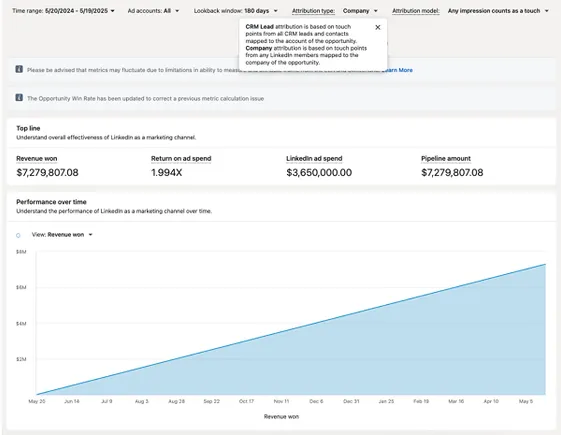








.png)




































![[Weekly funding roundup May 17-23] VC inflow remains steady](https://images.yourstory.com/cs/2/220356402d6d11e9aa979329348d4c3e/Weekly-funding-1741961216560.jpg)














































